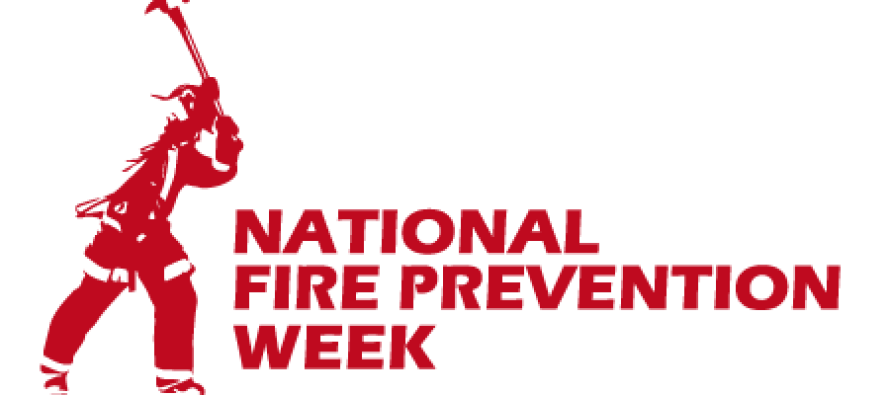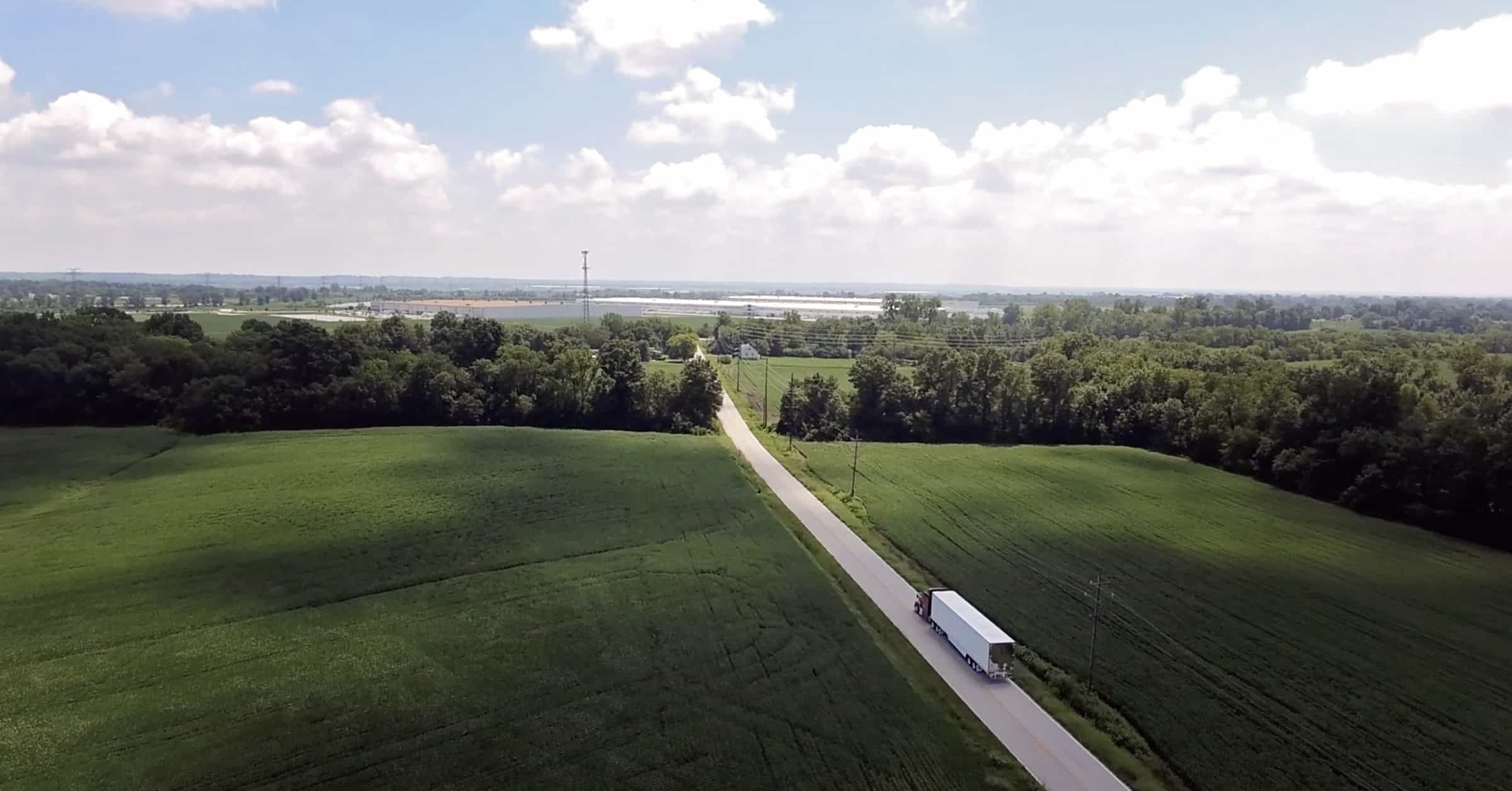National Fire Prevention Week is coming, and it is a good time to review with your drivers how to prevent fires and how to react to a fire that occurs in their commercial motor vehicle.
Fire extinguisher inspection is a vital part of a driver’s daily vehicle inspection process. It amazes me how many times I will be looking at a truck and find the fire extinguisher has lost its pressure due to a leak or it was used and returned to the truck without being recharged. The actions of a driver at the time of a fire are crucial in saving lives and controlling the amount of loss.
When a fire occurs in a commercial motor vehicle the driver must know two things:
- Knowledge about fires.
- How to operate a fire extinguisher.
Fire safety and fire extinguisher operation should be part of every new driver’s orientation program.
The Federal Motor Carrier Safety regulations require that all commercial motor vehicles have a fire extinguisher on board that is of the correct size and type and properly secured and labeled. Did you know that a CMV with hazardous materials is required to have a different size extinguisher than those not carrying hazardous material?
Here are the requirements for §393.95 Emergency equipment on all power units:
Each truck, truck tractor, and bus (except those towed in driveaway-towaway operations) must be equipped as follows:
A power unit that is used to transport hazardous materials in a quantity that requires placarding must be equipped with a fire extinguisher having an Underwriters’ Laboratories rating of 10 B:C or more.
A power unit that is not used to transport hazardous materials must be equipped with either:
- Each fire extinguisher required by this section must be labeled or marked by the manufacturer with its Underwriters’ Laboratories rating.
- The fire extinguisher must be designed, constructed, and maintained to permit visual determination of whether it is fully charged.
Condition, location, and Mounting
- The fire extinguisher(s) must be filled and located so that it is readily accessible for use. The extinguisher(s) must be securely mounted to prevent sliding, rolling, or vertical movement relative to the motor vehicle.
When a fire occurs in a Commercial Motor Vehicle the driver should take the following actions:
- Get the truck off the roadway and into an open area if possible. Park away from buildings, trees, vehicles, or anything else that may catch fire.
- Call 911 on your cell phone to report the fire and location.
- If the fire is already to a size that cannot be extinguished, get away from the truck. Your life and the life of the public is your first responsibility.
- If you are operating a tractor trailer and can safely disconnect the trailer from the tractor do so as not to damage both units and cargo in the fire.
- If the engine is on fire turn off the engine as soon as possible.
- Do not open the hood if possible and try to extinguish the fire from the louvers, radiator, or underside of the truck. Opening the hood will provide additional oxygen to fire and it will increase at a more rapid rate.
- If the fire is in your trailer or cargo box of the truck keep the doors shut. Here again additional oxygen will increase the intensity of the fire.
- A tire fire will not likely be extinguished with a fire extinguisher. Try throwing dirt or sand on the tire to smother the fire.
What you can do to prevent the likelihood of a fire starting in your Commercial Motor Vehicle:
- Complete a thorough pre and post trip inspection daily of the fuel, electrical, exhausts systems, tires and cargo of your truck.
- Keep the unit clean from excess grease, fuel, and oil.
- Monitor your dash gauges while in operation for signs of overheating.
- Utilize your mirrors for signs of smoke or flames.
- With new Post Emission 2007 and newer units be aware of regeneration of the after-treatment program and where the regeneration occurs as exhaust temperatures reach high levels of heat.
- Know the cargo that you have on board and its fire potential.
Is your company an active member of a trucking association such as the National Private Truck Council (NPTC), State Trucking Association, American Trucking Association (ATA) or another national trucking association?
The American Transportation Research Institute (ATRI) released foundational new research that statistically corroborates that motor carriers who are active in state and national membership associations are safer than both former association members and carriers who have never been association members.
It has always been anecdotally assumed that association membership supports safety through a variety of association services and resources, but the necessary industry safety data and methodology had never before been assessed. This new empirical research processed public safety data from the Motor Carrier Management Information System (MCMIS) through a series of statistical tools to confirm the relationship between association membership and safety performance.
More specifically, the research compared motor carrier MCMIS crash and violation data for trucking fleets that held a membership status of either Current, Former or Never members. Carrier status data came from a geographically representative sample of state trucking associations as well as from the American Trucking Associations.
The Welch’s Two-Sample T-Test outputs confirm that among the three carrier groups, Current members have fewer overall crashes and violations than Former members, who also had fewer crashes and violations than Never members. Almost all results were significant at the 95 percent or 99 percent confidence levels. Due to the rarity of fatal truck crashes among all carriers, this specific crash type was not significant for either state or national membership.
“All safety stakeholders in the trucking industry are looking for strategies and solutions for improving large-truck safety,” noted Dr. Brenda Lantz, Associate Director of the Upper Great Plains Transportation Institute. “This new ATRI research confirms that association membership is another important and proven safety tool for trucking companies.”
The ATRI association safety research also provides some guidance on how the findings might be applicable to commercial transportation insurers, enforcement agencies and academic researchers.
ATRI is the trucking industry’s 501c3 not-for-profit research organization. It is engaged in critical research relating to freight transportation’s essential role in maintaining a safe, secure, and efficient transportation system.
What is a USDOT Number?
Companies that operate commercial vehicles transporting passengers or hauling cargo in INTERstate commerce must be registered with the FMCSA and must have a USDOT Number. Also, commercial INTRAstate hazardous materials carriers who haul types and quantities requiring a safety permit must register for a USDOT Number.
The USDOT Number serves as a unique identifier when collecting and monitoring a company's safety information acquired during audits, compliance reviews, crash investigations, and inspections.










